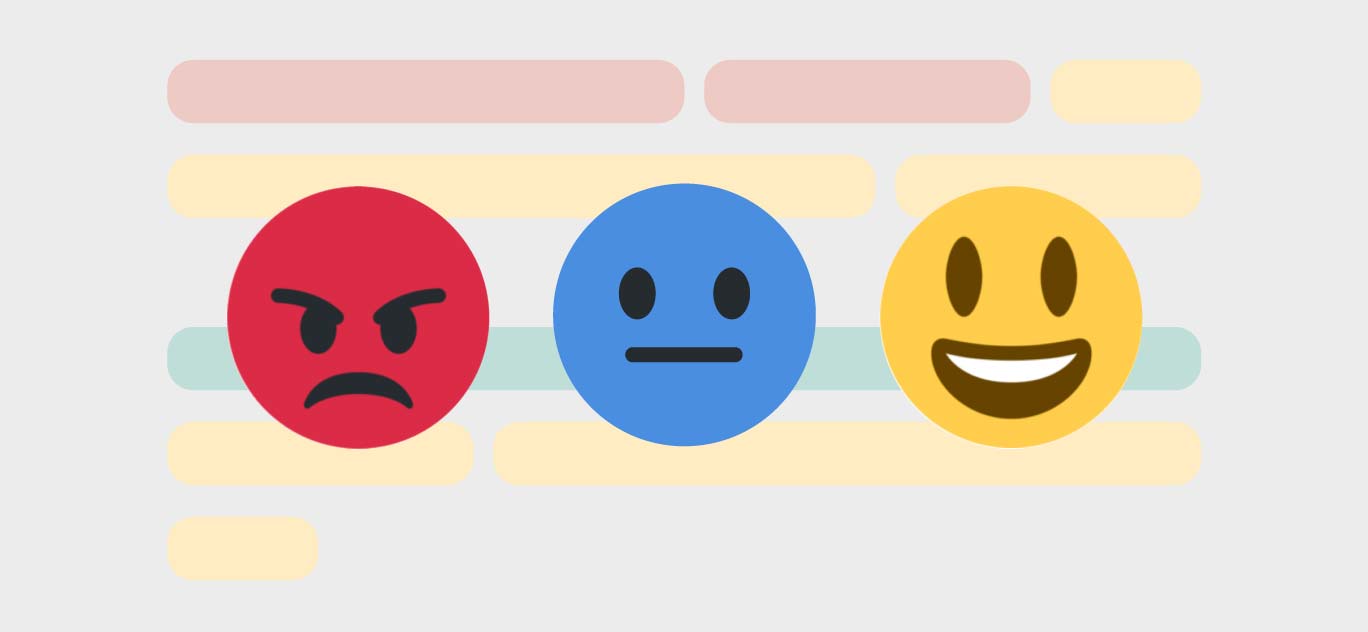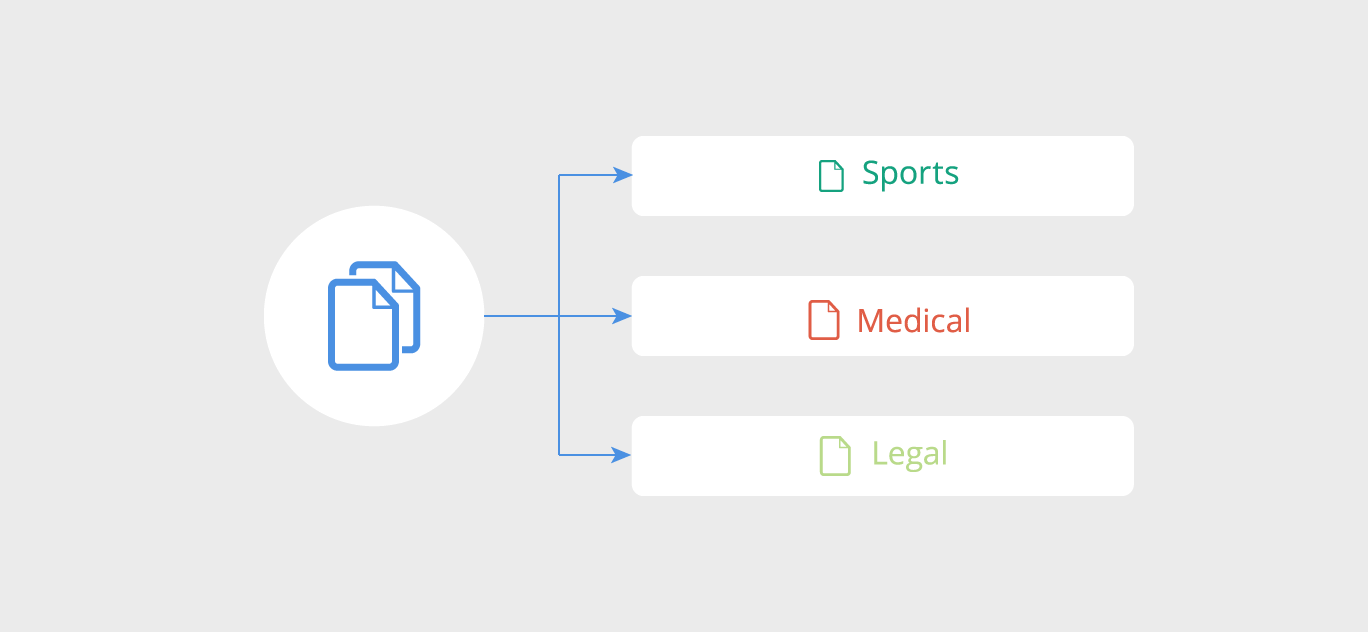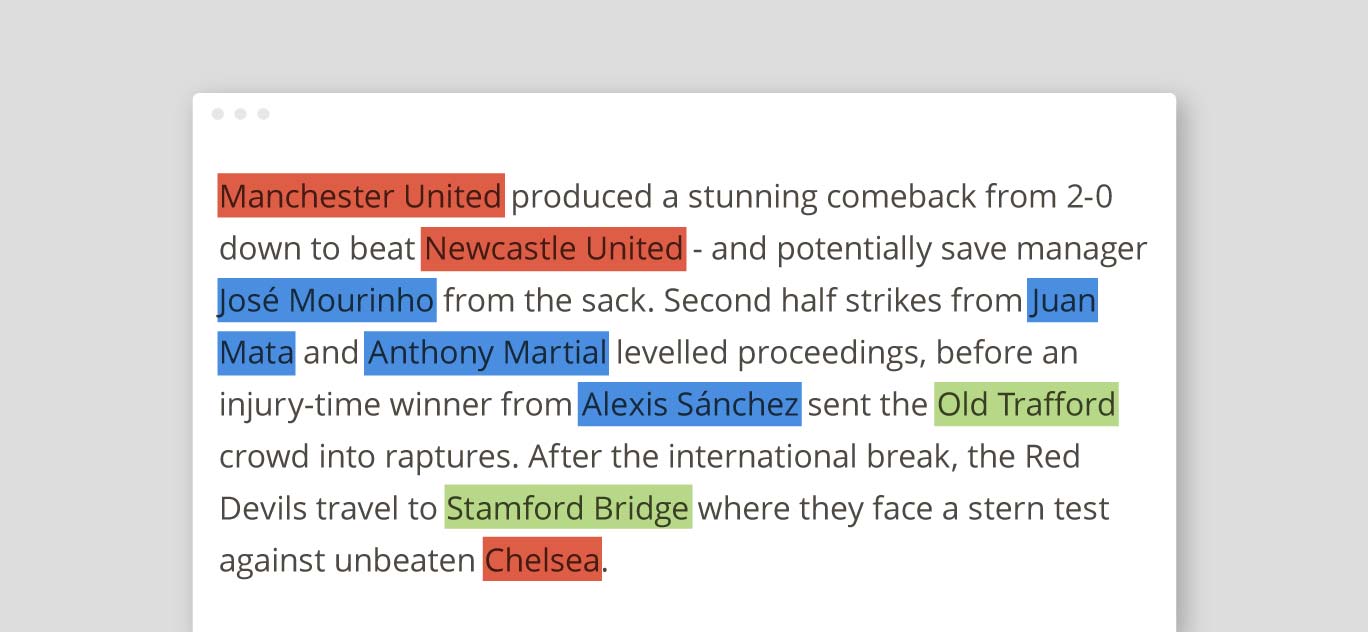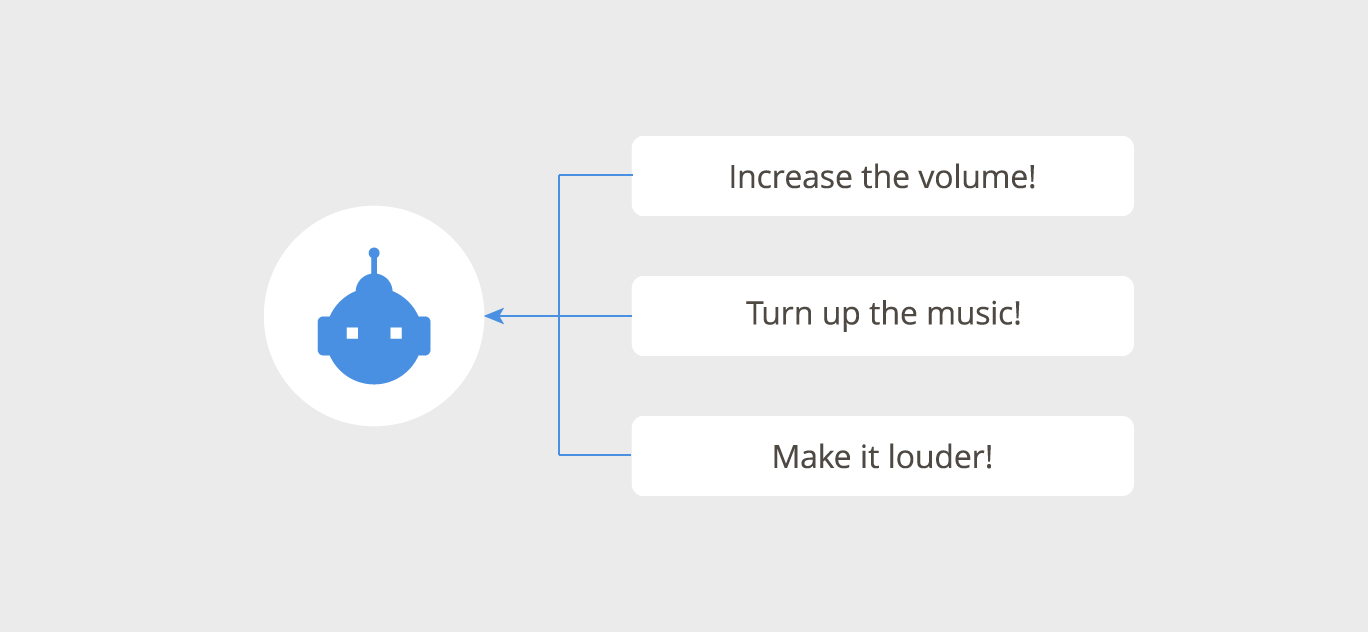Discover the new tasks that will take your Gengo experience to the next level

Gengo is growing. With your help, over the last year we’ve set even higher standards for quality, attracted new customers from across the globe, and managed to pass 1 billion units processed! We’d like to thank each and every one of you for your part in this incredible achievement. It’s your hard work that has transformed us into a trailblazing translation force to be reckoned with.
However, we’re not sitting back and basking in our success. Instead, work to improve our platform and grow our customer base has already begun in earnest. It’s these efforts that we want to share with you below – and how the changes we’re making are going to bring a more diverse, exciting range of jobs to you.
Translation and beyond
Gengo is, first and foremost, a translation company. We’re proud of our work in the translation field and we’re setting ambitious new targets for 2019. In addition to this, we’ve noticed that several of our translation jobs have come hand-in-hand with a need for other specialized language services. These are largely concerned with AI training data.
You may have seen artificial intelligence portrayed on the news as a whirlwind of development on the brink of transforming the world, or even in science-fiction movies through characters like C-3PO or the Terminator. The reality is much less dramatic. Current AI technology usually takes the form of machine learning algorithms that can improve themselves at one specific task. Many of these algorithms are present in technology that we use every day, like Siri, Alexa, and Google’s search engine. To build or improve one of these algorithms, large amounts of text-based training data in multiple languages are required. As linguistic specialists, you can provide them with a level of knowledge, quality and complexity that most researchers can only dream about.
With this in mind, new tasks are beginning to appear on the workbench. Using the GE>GE qualifications which we’ve awarded to all of our translators on the Tests page, you’ll be able to try these out for yourself. Let’s walk through a few of the opportunities we’ve been attracting so far and how you can have an impact.
Sentiment analysis

In the globalized world we live in, every tweet, breaking news story and product announcement provokes a reaction. This response can make or break a business, so it’s in the interests of many people to be able to understand, analyze and predict the way that things will make us feel. Across a range of industries, machine learning algorithms are being developed to understand why sections of society feel a certain way about something. These machines are usually referred to as sentiment analysis models.
At a basic level, our role here is to read sentences or short paragraphs and say whether the author is talking about their subject in a positive, neutral or negative way. However, it’s your deep understanding of language, tone and voice that makes the difference for many of these algorithms. Machines struggle to comprehend the more subtle nuances of language, such as sarcasm and irony. You may be asked to highlight instances of this on a phrase or word level to help the algorithm get over this language barrier.
Text categorization

Organization is essential for a productive workflow. In the same way that a system helps you to keep track of all your tasks, an assortment of tags and labels helps a machine to understand the relationships between data points – and extract the maximum amount of learning potential from it. There’s a wide range of uses for text categorization, from sentiment analysis to sorting customer service tickets for a chatbot.
Performing text categorization involves reading a piece of text and marking the categories to which it applies, such as legal, business or finance. The client usually provides the classification system that specifies the level of detail they need. In some cases the text can be added to multiple categories, which helps to build a clearer picture of how each piece relates to the whole and makes it easier for the algorithm to spot useful patterns.
Entity annotation

Virtual assistants like Siri or Alexa are constantly receiving commands which they have to recognize and execute quickly. However, to a machine, speech and written text are just noise. They need structure added to the language input that they receive, so that they can understand each word or phrase and figure out the overall meaning of the text. The process of adding this meaning to different parts of speech is called entity annotation.
These projects usually involve reading a piece of text and adding labels to words or phrases according to a specific class system. This could be simple, such as tagging all names or places in a document. Alternatively, this could involve overlapping classes with only subtle differences between them. A good example of this is the difference between tagging human named entities, like Snow White, and non-human named entities, like Mickey Mouse. As this illustrates, the cultural and technical knowledge you’ve built up over years of language study is invaluable to many potential customers. They need this specialized understanding to improve their algorithm’s ability to deal with rare edge cases.
Chatbot variations

It’s a well-known fact about machines that they’re often extremely good at one specific task, but terrible at everything else. This is also true when it comes to their understanding of language. If you ask a chatbot to “put that in my shopping basket”, it can quickly complete the task for you. However, if you ask the same chatbot to “add that to my cart”, the difference in command words can actually prevent it from processing the request. Similar to the way in which language learners need to master a variety of ways to say certain things, chatbot algorithms need to be trained on many similar phrases to understand the connections between them – and to be able to guess the meaning of new phrases.
As language masters, no one is better placed than you to add the variety these chatbots need. For this task, the client would send their example sentences, also called intents, and ask you to come up with several other ways to say what is written. For example, for the intent “help me”, you could write any of the following: “please help”, “I want help”, or “I need assistance”. By combining your answers with those of other translators in our crowd, we can create a large, high-quality sample that will help the client’s chatbot function in an unpredictable world.
Image bounding boxes

At Gengo, we’re passionate about providing our translators with an interesting, diverse working experience. With this in mind, we will occasionally be placing jobs on the Dashboard that have a looser connection with language, but that we find exciting all the same!
Computer vision algorithms are the brains behind self-driving cars and several other AI products with a popular following. However, they require a large number of annotated images before they can be let loose on the road, in the warehouse or at work in the fields. The information contained in these annotations plays an important role in helping algorithms to recognize the differences between certain parts of the image. Some of these can also help machines to recognize text and identify things like product labels, which can be extremely useful for robots that move around a factory or shop floor.
Most customers ask us to annotate their images, which involves looking at the pictures and drawing shapes around certain parts of them, such as people, cars or signs. These shapes are often called bounding boxes or polygons. More detailed annotations might involve noting what is contained within the bounding box, particularly if the contents are text-based.
What about translation?
With all this talk of new tasks, we understand that some people may be concerned about the future of translation on the Gengo platform. Please be reassured that we remain 100% committed to providing you with the translation jobs you know and love. Rather than a move away from translation, these opportunities are an additional dimension of language-based tasks to explore.
Many of these new customers come to us with inextricably linked training data and translation needs. It’s your hard work and your high standards that are helping us to grow and win over clients in both sectors. Thank you for all of your efforts, and don’t forget that anything you do to help spread the word is a huge help! Feel free to share your translator profiles, recommend us to people you know and engage with us on social media – we always enjoy hearing from you.


